FREE FLOW OF INFORMATION .
A survey by CPNN
The following 29 events in 11 Latin American countries include those listed in Google during the week of September 21-28 this year under the key words “International day of peace”, “Dia Internacional da Paz” and “Día Internacional de la Paz” The events also includes some listed on the facebook page of the International Cities of Peace.
About 48 events are listed in One Day One Choir and Montessori schools singing for peace, but there is no indication which events took place this year and which took place only in previous years.
 video from Miraflores, Peru
video from Miraflores, Peru
CORRIENTES, ARGENTINA
The German Association of Corrientes adhered to the International Day of Peace, adding a third Post of Peace in the plaza Avenida Costanera and May 25. The opening ceremony was held on Saturday morning, with the accompaniment of all immigrant communities and associations, who began the day of celebration with a colorful parade with their flags and typical clothes.
JUJUY, ARGENTINA
In the framework of the International Day of Peace, from the Coordination of Child Care of the Provincial Directorate for the Comprehensive Protection of Children, Adolescents and the Family, a day of reflection was held with the slogan “Institutional Peace” with the staff of the Directorate. . .From this initiative, the staff and coordinators expressed personal and group perspectives on how to achieve institutional peace based on individual and collective changes in daily actions, expressing these messages through posters and cards that were placed in the office accompanied by balloons. and symbolic photographs.
MENDOZA, ARGENTINA
In the city of Mendoza, on the occasion of commemorating the International Day of Peace, the activity “Arming cranes” will be held, with staff and children in context of the Directorate for the Protection and Restitution of Rights.
SAN CARLOS DE BARILOCHE, ARGENINA
On the International Day of Peace, a brief act was held on Tuesday in the Plaza de la Iglesia Catedral. . . Those who make up the local committee of the Barilochense Banner of Peace commented that “those of us who participated in this important event, we want to especially commemorate this day, promoting peaceful coexistence in our city, the country and the world.” “Where there is Peace there is culture and where there is culture there is Peace” this was Roerich’s motto that continues to be proclaimed.
SAN LUIS, ARGENTINA
With the aim of contributing to the dissemination of the peaceful resolution of conflicts and promoting a pacifist culture from an early age, a new edition of the Drawings for Peace Contest will be held , whose work slogan will be the slogan proposed by the UN “Better recovery for a fair and sustainable world”, in commemoration of the International Day of Peace . This contest, which is intended for the students of the different schools in the province, will be carried out through the Judicial and Extrajudicial Mediation Centers and Rooms distributed throughout the provincial territory.
SUNCHALES, ARGENTINA
On the occasion of commemorating September 21, the International Day of Peace, from Casa de la Pax Cultura / Nodo Sunchales, they share the following Video. “Peace is not an idea, but a culture. It is a process of collective construction. If war and violence are a human invention, then human beings can also invent and build peace.” David Adams.
BRAZIL
This week’s Animated Radio features an article about the International Day of Peace. Check out an interview with author and director Vida Oliveira in the player above, who gave tips for books and movies with stories of courage and the search for peace, and also talked about the play Qual é Meu Nome Mama, a children’s show performed by the Cegonha Bando group of Creation, which tells the story of a child and his mother who are forced to leave their country of origin in search of survival.
COLOMBIA – FORUM
Video of Forum for International Day of Peace: Experiencias e iniciativas de construcción de paz
BOGOTA, COLOMBIA – VETERANS
In commemoration of the International Day of Peace, this September 21, the Unit for Victims reiterates its commitment to those most affected by the violence, working to implement all the actions that are the central axis of the Final Agreement with the FARC. . . Since 2017, the Unit has placed 1,673,602 Humanitarian Assistance transfers to 269,000 households who are victims of forced displacement. . .
CAJICÁ, COLOMBIA
We celebrate the international day of peace led by the psychology team of the Newman School, in the different activities carried out, all the students of the school participated in a proactive way. . . With the realization of recreational activities such as the creation of the vaccine of good treatment or activities around the symbols of peace, the importance of peace was reinforced in the students. (with many photos)
MEDELLIN, COLOMBIA
Make me an Instrument of your Peace was the campaign with which the Mayor’s Office of Medellín joined the commemoration of the International Day of Peace, as it was the city chosen by the United Nations Verification Mission in Colombia to carry out the central act of the activities of this day; . . In this commemoration, which took place in the Pedregal Open Air Theater, the Symbolic Manifesto for Reconciliation was signed, which seeks to articulate actions between institutions, non-governmental organizations and civil society to enhance joint work actions on construction of peace. . . The day was accompanied by a concert by the Reconciliation Choir, made up of victims of the armed conflict and people in the process of reincorporation. In addition to the presentation of the Medellín Philharmonic Orchestra, artistic interventions and the elaboration of a canvas for peace. . . “ Medellín is becoming an epicenter for the implementation of the Peace Accords and the message was that, to maintain, five years after the agreement was signed, the commitment of all State institutions to fully implement it, but above all, putting in the center to the victims and their right to access justice, truth and guarantees of non-repetition ”, added the Secretary of Non-Violence, Juan Carlos Upegui.
NARIÑO, COLOMBIA
Within the framework of the International Day of Peace, the department of Nariño becomes the venue for the Third World Summit that will take place between this Tuesday and Wednesday. The event takes place at the facilities of the Morasurco hotel in the capital of Nariño. It is a reality, San Bernardo and Tablon de Gómez in Nariño are now free of antipersonnel mines. Click here for video from Mariana University.
PUNTARENAS, COSTA RICA
Transformation in Violent Times Foundation, World without Wars and Violence, Costa Rica Azul Foundation, Municipality of San José, Distance State University and Antígono Gallery have the honor of inviting you to cover and spread positive messages in this Month of the Bicentennial of Independence and Peace and Non-Violence, since on September 21 the International Day of Peace is celebrated. . . TUESDAY, SEPTEMBER 21, International Day of Peace, Creation of Mural for Peace, Time: 10 am, Place: Distance State University (UNED), Puntarenas headquarters, Organized by: UNED Puntarenas, Fundación Transformación en Tiempos Violentos and Galería Antígono
CUBA
The president of Cuba, Miguel Díaz-Canel, said today that his country joins the celebrations for the International Day of Peace, with the conviction that only peace will allow us to build a better world. Through his Twitter account, the president ratified the Caribbean nation’s commitment to defending life, hope and reconciliation, “in the midst of a planet overwhelmed by Covid-19 and military conflicts.” The day before, when intervening in the second moment of the debate on the Sustainable Development Goals of the 76 session of the United Nations General Assembly (UNGA), the head of state called to renounce selfishness and work together to transform the unjust current international order. ‘Building the world we dream of is a huge task, but possible, if we renounce selfishness and work together to transform the current unjust international order into a more just, democratic and equitable one, in which, finally, no one is left behind! ‘Diaz-Canel emphasized in the forum.
(Survey continued in right column)
Question related to this article:
What has happened this year (2021) for the International Day of Peace?
(Survey continued from left column)
HAVANA, CUBA
Havana, Sep 17 (Prensa Latina) Cuba will organize a race in the neighborhood for peace on the 21st of this month, with the participation of runners, walkers and systematic practitioners of physical exercise, the weekly Jit reported today. The event, convened by the National Institute of Sports, will greet the 61st anniversary of the founding of the Committees for the Defense of the Revolution and the International Day of Peace, specified the direction of the Marabana-Maracuba project, in charge of providing technical support.
GUAYAQUIL, ECUADOR
Ecuador, a member of the World Association Without Wars and Violence, is present at the 1st Multiethnic and Pluricultural Latin American March for Nonviolence, beginning with the Pilgrimage to the bust of Mahatma Gandhi, located in Puerto Santa Ana, Plaza del Paseo y la Contemplación between The Point buildings and Wyndham hotel. The Bust was donated by the Government of India and was inaugurated in March 2018 by the then mayor of Guayaquil, Jaime Nebot. “There is no way for Peace, Peace is the way” Gandhi.
JAMAICA
The Violence Prevention Alliance (VPA), in collaboration with its partners, will observe the series of virtual activities in celebration of International Peace Day. The VPA in partnership with the Ministry of Education, Youth and Information (MOEYI), the Early Childhood Commission, among other entities, will aim to encourage children to write Peace Day letters. This will reinforce the message of peace being the cornerstone of the nation’s development as it realises the goal of unity for all. These letters will be published in the local newspapers and shared on social media platforms of the VPA and its partners. Meanwhile, the Peace Management Initiative, (PMI) Western Chapter will host a webinar to mark the day. The webinar will focus on the progress updates on how PMI has impacted communities.
JAMAICA
This International Day for Peace, UNESCO is partnering with UNDP to host the Youth Summit on Crime and Violence in Jamaica as part of the Amplifying Youth Voice and Action (AYVA) project. The Youth Summit on 21 and 22 September 2021 will be led by 11 youth groups from Jamaica who will present their solutions for citizen safety and security through the AYVA project and how young people can meaningfully contribute to shaping crime prevention and control policies and programmes to build lasting peace.
CULIACAN, MEXICO
Considered one of the most conflictive and violent settlements in Culiacán, the Alturas del Sur neighborhood will host the events that will take place within the framework of the “II International Week for Peace”. . . . Among them, lectures on the role of youth in peacebuilding, panels on public safety and citizen security, and an analysis of those who build peace. The week of activities will close with a “Rodada Por La Paz” on Saturday, September 25, which will depart from the Alturas del Sur neighborhood park at six in the afternoon.
GUANAJUATO, MEXICO
Within the framework of the International Day of Peace, the International University Meeting Towards a culture of peace from the Alternative Media for Conflict Resolution was held, an event that aims to disseminate, disseminate and address challenges and progress on this issue. Organized by the Mediation and Conciliation Unit of the University of Guanajuato (UG), this meeting aims to make visible the peaceful understanding as the means and first way for the peaceful resolution of conflicts, for the eradication of violence and the generation of communities that are more supportive, empathetic, tolerant and respectful of human dignity.
MEXICO CITY, MEXICO
The Public Prosecutor’s Office, through the Community Mediation Program Coordination Office, commemorates the International Day of Peace, declared by the United Nations General Assembly. . . . To commemorate the day, the coordination office will hold a conference on September 24, 2021, which will be broadcast on the YouTube channel of the Training and Research Center of the Attorney General’s Office, Dr. Alma Montenegro de Fletcher.
TABASCO, MEXICO
With the reading circle “Peace through letters”, the State Center for Social Crime Prevention and Citizen Participation (Cenepred) launched this Monday the Week for a Culture of Peace, within the framework of the International Day of the Peace, which is celebrated on September 21 of each year. The general director of Cenepred, Walter Chacón Escalante, launched the works that will be carried out virtually throughout the week, with the present reading circle, stories and poems, murals, folk dance and a keynote conference, related to the theme of the peace. . . . The writer Ana Livia Salinas González participated in the reading circle, presenting the chronicle “The Most Precious Good”, which shows how it is possible to build peace from homes, since it is the most precious good for all members of a society. Little Kevin Cordero López, only ten years old and originally from the indigenous area of Tamulté de las Sabanas, read in the Yokot’an language and in Spanish, the story “The man and the grasshopper”, which teaches people to not be selfish and share things with everyone, in the hope that there is a good relationship between men and women.For her part, the bilingual teacher, writer and promoter of the Yokot’an language, Mariana de la Cruz García, offered the story of her authorship “The unexpected gift”, which talks about a town where everyone was treated badly and there was a lot of violence But the arrival of a new teacher means that, through education and healthy coexistence, there is peace and tranquility. In turn, the nine-year-old girl, Jennifer Acuña López, also read the story “Golden Corn”, which tells the story of a town that had food problems, but that with the union of all its inhabitants proclaimed that their pre-Hispanic God helps them get corn to plant, grow crops and make their tortillas and their pozol.
TICUL, MEXICO
Within the framework of the international day of peace, the SEDESOL Joven department in coordination with various areas and departments of the Ticul city council, as well as its commissioners, carried out activities to commemorate the international Day of Peace. . . . In the Yotholin police station, a symbolic representation was made that consisted of a historical remembrance of the date and a representation of The silhouette of a dove with the lighting of candles, with which the young people promised to work for peace and the common good of the municipality, the state, the country, and the whole world, in this activity the inhabitants of the commissioner participated and authorities such as councilors and directors of the Ticul town hall. Along with this activity, at the Pustunich police station they performed a representation of the word “Peace” with white balloons and banners with messages of peace.
TOLUCA, MEXICO
The municipal government of Toluca, headed by Juan Rodolfo Sánchez Gómez, invites the population to celebrate the International Day of Peace, through the virtual activities that the General Directorate Social Welfare prepares for Tuesday September 21 on their social networks. . . . At 10:00 hours, in the Facebook General Directorate of Social Welfare, the inauguration of activities will take place; at 11:00, an interview with young people about What is peace? At 1:00 pm, digital participation of various NGOs; at 14:30, the OFiT will delight the virtual public with a concert; while at 4:00 p.m. the opportunity will come to Brushstrokes for Peace; at 16:15, the Reforestation for Peace will be presented; at 6:00 p.m., there will be a Clothesline for Peace and at 8:00 p.m., a FlashMob for Peace.
ZAPOPAN, MEXICO
With the aim of commemorating the International Day of Peace, this September 21, DIF Zapopan organized a series of activities aimed at children and adolescents, which took place at the Tabachines Ludoteca and had the participation of President Maye Villa de Lemus. During the morning, the child and adolescent population that attended the educational-creative center made drawings about the culture of peace and painted ceramic figures in an activity designed to learn about respect for animals. They listened to stories about non-violence and received snacks.
CHICLAYO, PERU
Organization: CONSEJO REGIONAL POR LA PAZ
Action Details: banners, with children, youth, schoolchildren, women and the general population, dissemination of phrases alluding to the action through social networks, and in the regional councils for peace and the local councils of my region and districts
MIRAFLORES, PERU
The mayor of Miraflores, Luis Molina, participated in the commemorative act of the International Day of Peace, which took place in our district with a parade that started from Alfredo Salazar Park and ended in Central Park. During the course, a homily was held at the monument to the victims of the attack with two car bombs committed by the terrorist group Sendero Luminoso in July 1992, against the civilian population of Calle Tarata “in which 29 residents died and there were more than 200 injured ”, recalled the mayor. Click here for video
URUGUAY
As the Scout Movement of Uruguay we celebrate the culture of peace in all areas, indirectly our scout law reminds us of this daily in the following articles: “The scout is the brother of every scout and promotes brotherhood among men” and “The scout is just and builder of justice”. Bearing in mind this special day and remembering these two articles, let us reflect on whether we are generating that culture of peace, if in our daily acts we see thoughts of peace, social construction, justice and brotherhood among the men and women of our society. We also invite you to send us a photo with a scarf and a sheet with the following message # díainternacionaldelapaz #MSU. We leave you two historical documents of the United Nations with the resolutions adopted on September 21.
UNITED-NATIONS-RESOLUTION
Resolution 2001
GUAYANA, VENEZUELA
For the upcoming International Day of Peace, Fundación Guayanita gave details of the celebration they have prepared for that date. According to the information shared by its director Yesmin Salcedo, artists and institutions came together to coordinate the filming of the music video, “Dancing with myself” for September 21st. The filming will take place in the Roma race at the University parish, “a site that since the beginning the year at the will of organized neighbors we have been recovering from unhealthy conditions”. Salcedo explained that the song will be interpreted by the young talent from Guyana Henry de Los Santos, accompanied by the members of the Villa Asía dance therapy, directed by Rosmery Salavarría, and the La Churuata dance therapy, directed by Delvalle Mora.

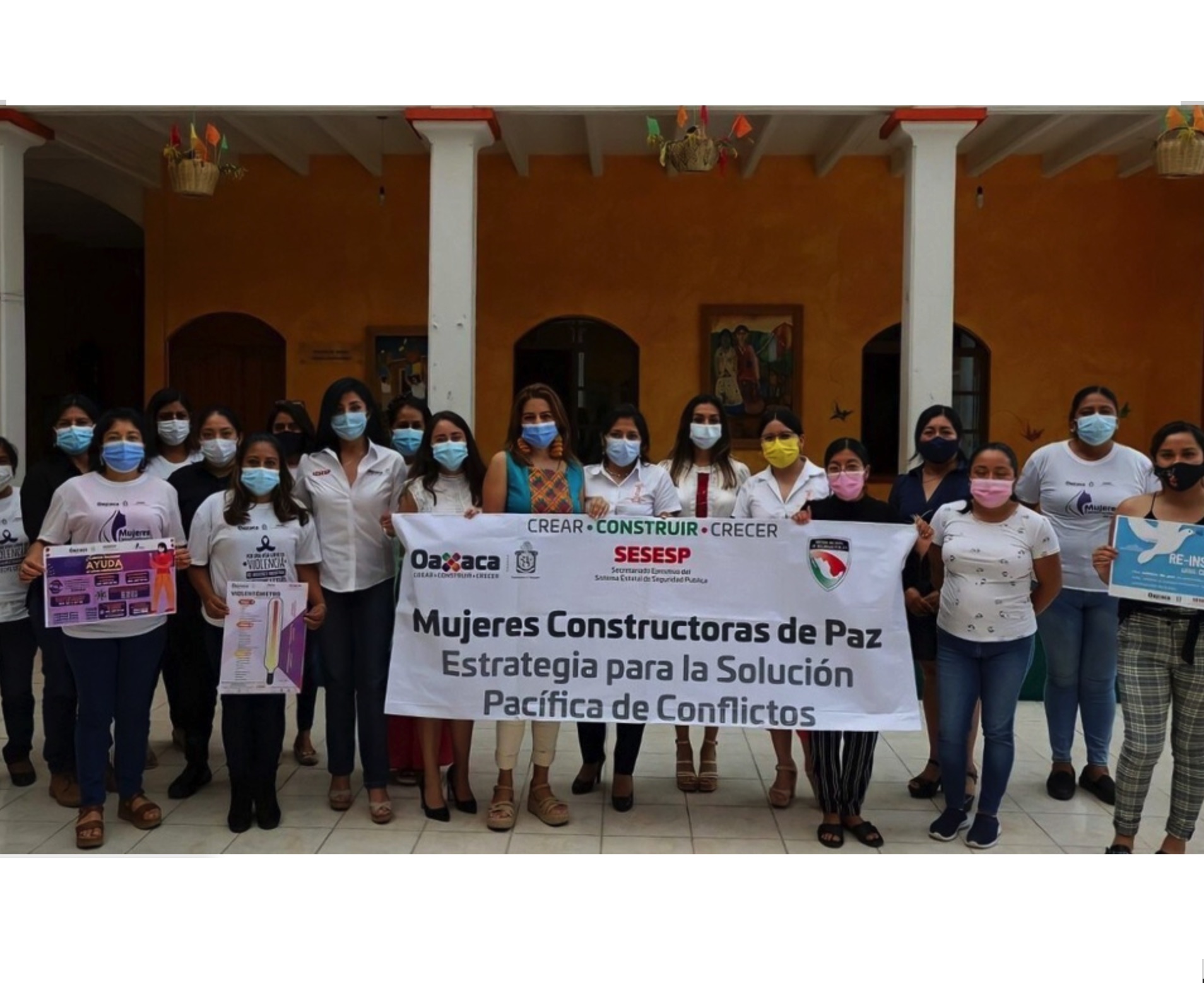


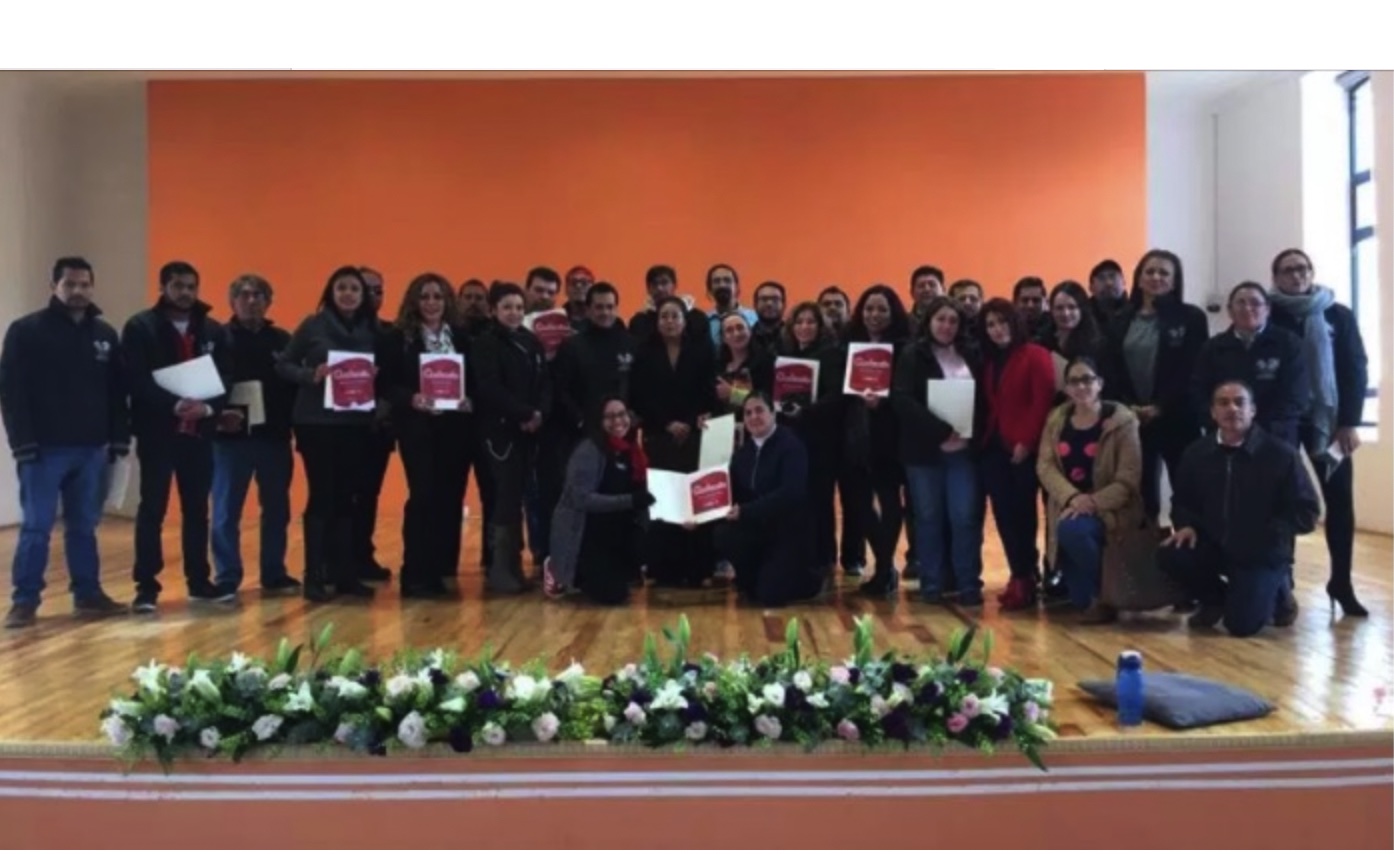
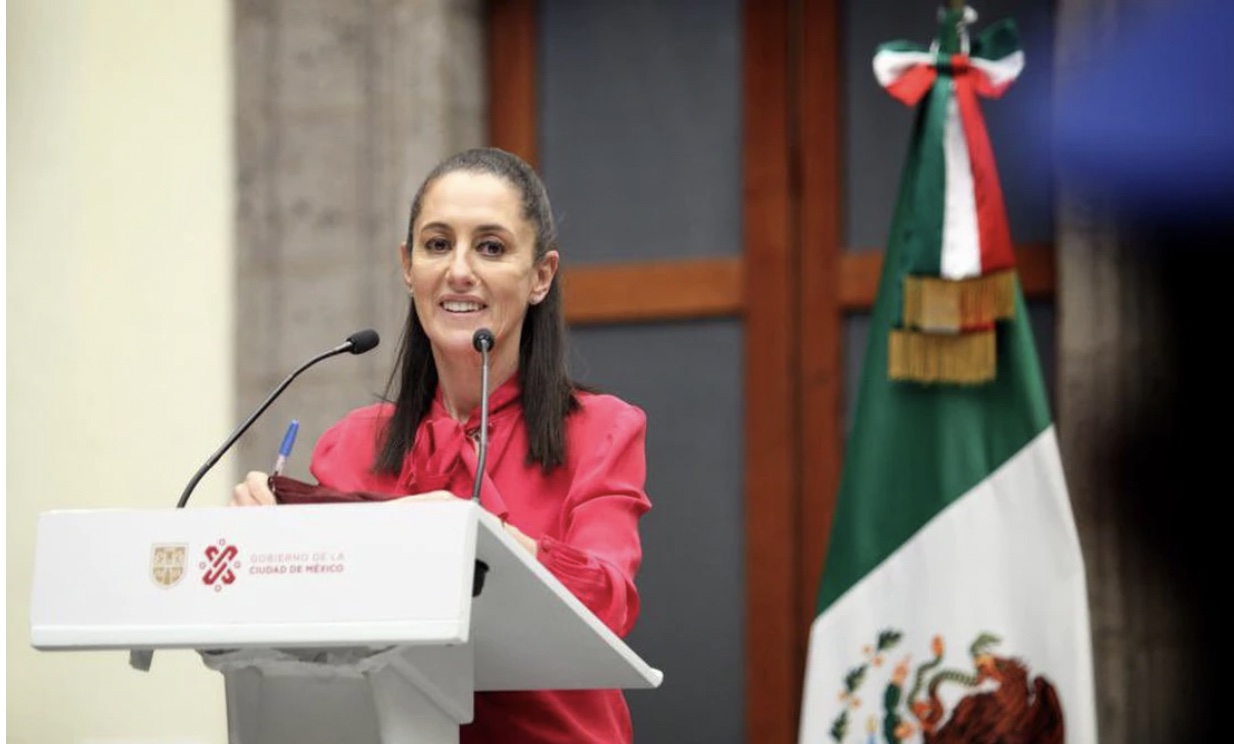
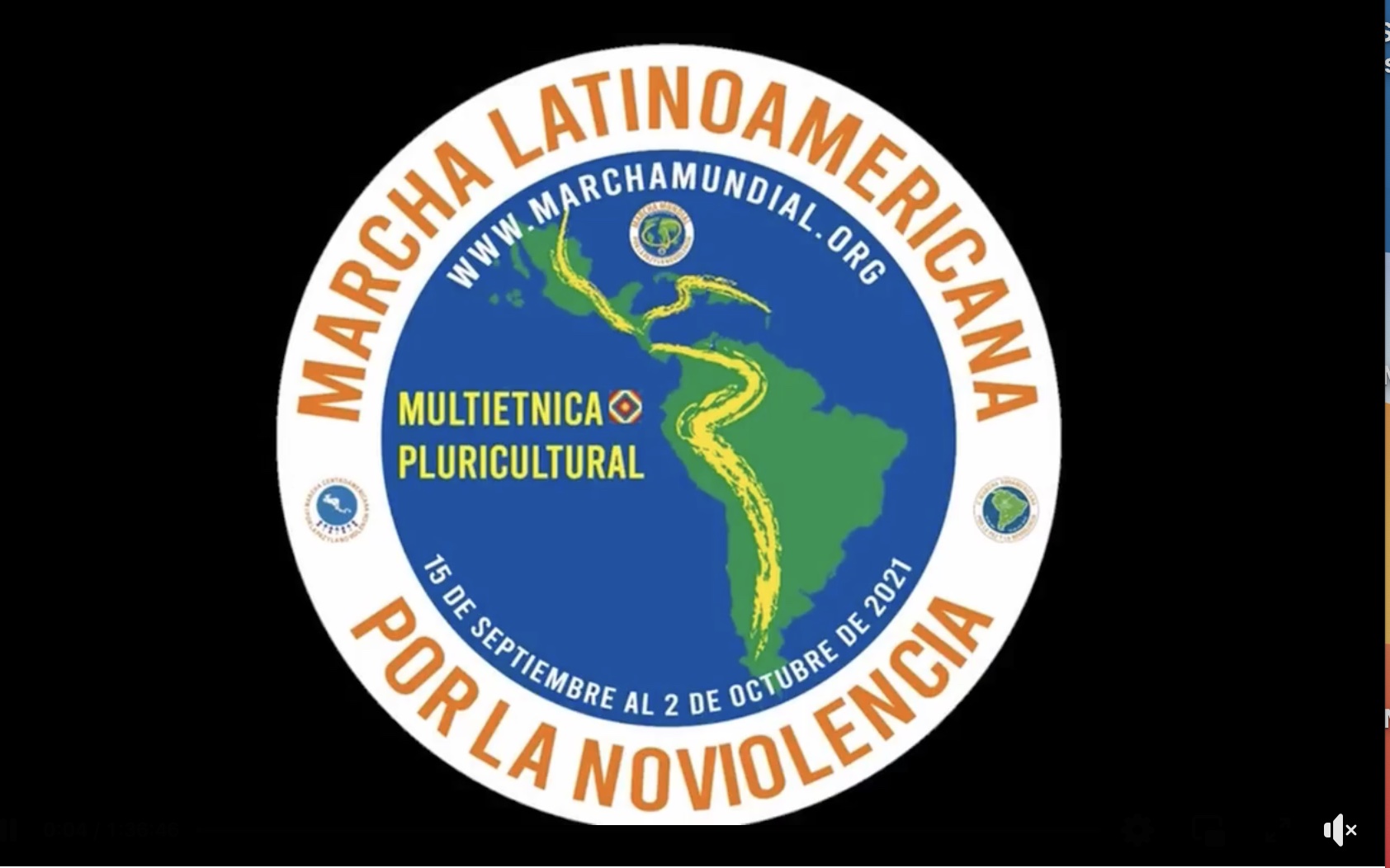
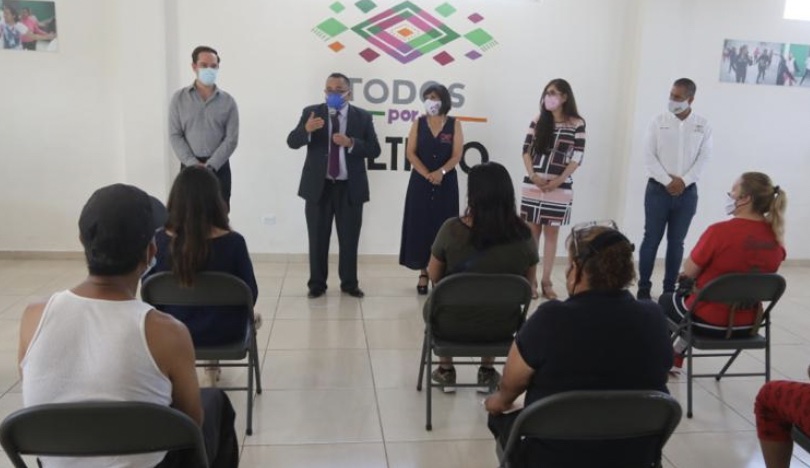
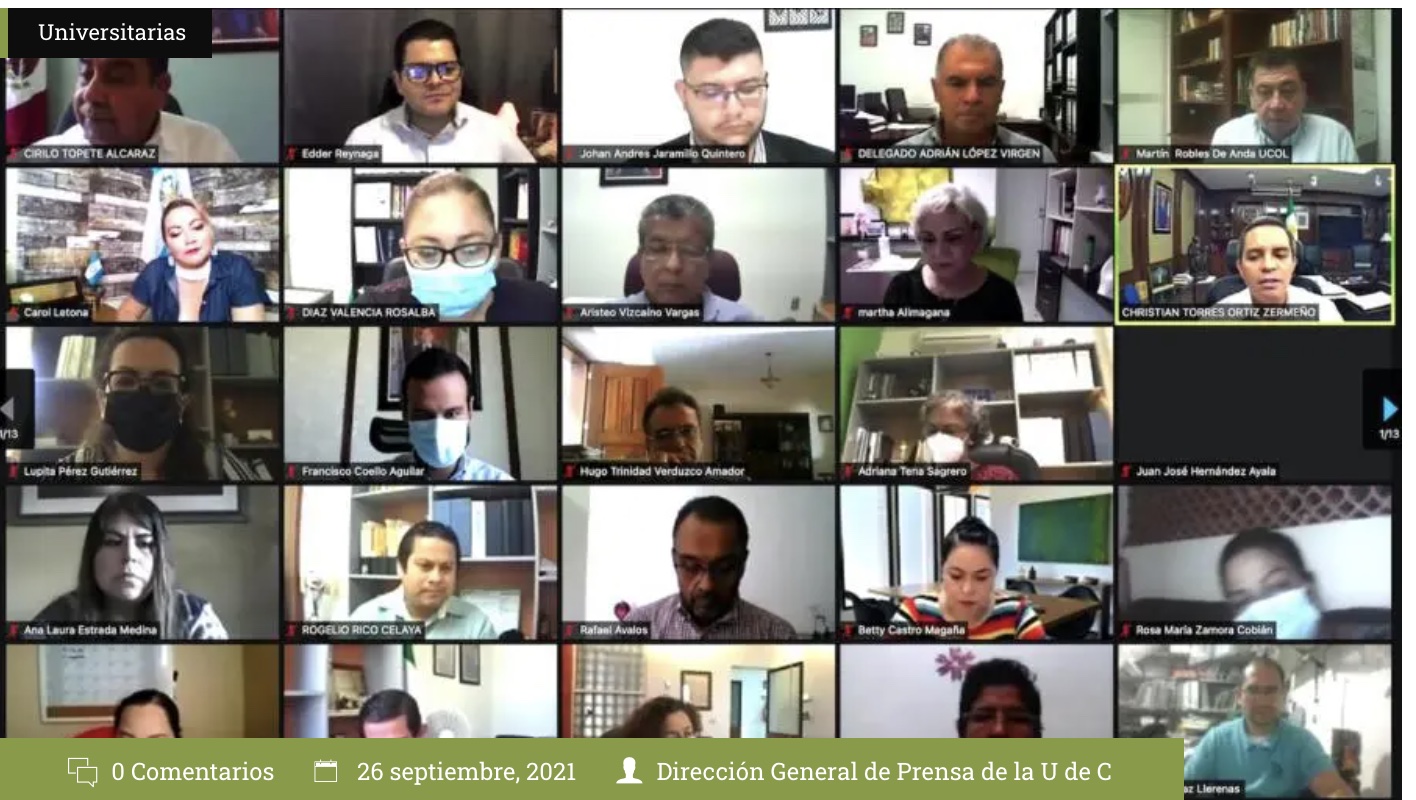
 video from Miraflores, Peru
video from Miraflores, Peru